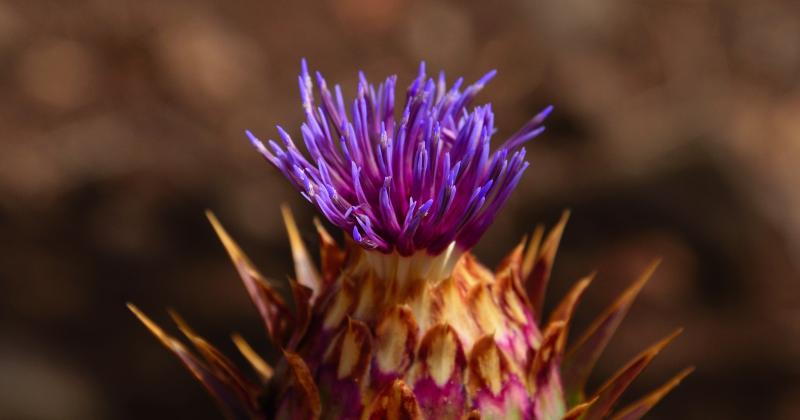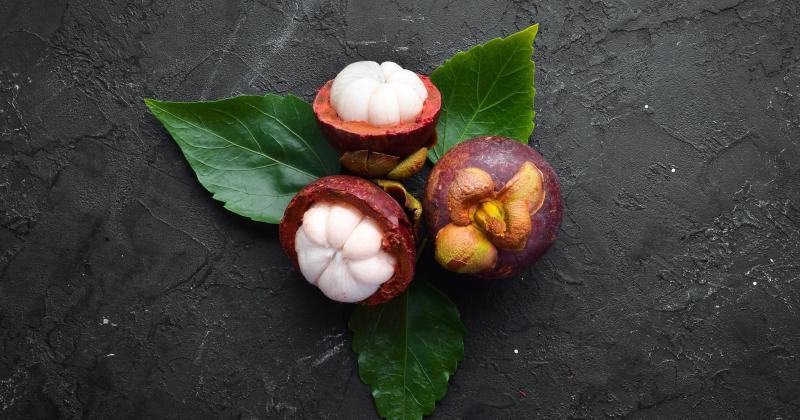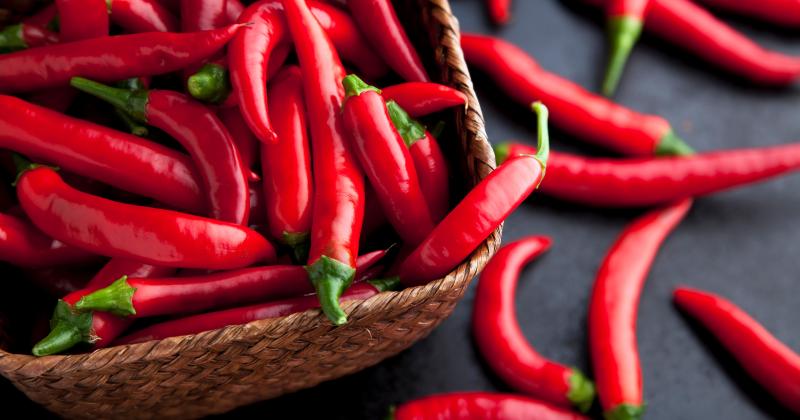MORINGA OLEIFERA: NATURE'S MARVEL
 />
/>
Moringa Oleifera belongs to the Moringaceae family and is native to the sub-Himalayan regions of India, Pakistan, Bangladesh, and Afghanistan. This fast-growing, drought-resistant tree can reach heights of up to 10 meters (33 feet). read more ›
ARTICHOKES: NATURE, HISTORY, AND NUTRITIONAL BENEFITS
 />
/>
Artichokes are rich in a variety of bioactive compounds and nutrients. Key components include dietary fiber, vitamins (such as vitamin C, vitamin K, folate, and niacin), and minerals like magnesium, phosphorus, potassium, and iron. They also contain cinarin and silymarin, both known for their antioxidant properties. read more ›
MAQUI BERRY: A SUPERFRUIT PROFILE
 />
/>
The Maqui berry belongs to the Elaeocarpaceae family and grows on an evergreen shrub that can reach between 3 to 5 meters in height. Its leaves are oval-shaped, and the flowers are small and white, leading to the development of its distinctive deep purple berries. read more ›
UNVEILING MANGOSTEEN: THE TROPICAL TREASURE
 />
/>
The mangosteen fruit is rich in various phytochemicals, including xanthones, flavonoids, and tannins. Xanthones, in particular, are notable for their antioxidant properties and are predominantly found in the fruit's rind. The fruit is also a source of essential nutrients, such as vitamin C, dietary fiber, and minerals like potassium and magnesium. read more ›
EXPLORING MAITAKE: UNVEILING THE MYSTERIES
 />
/>
Maitake is rich in bioactive compounds, including polysaccharides like beta-glucans, which are known for their immune-supporting properties. It also contains amino acids, vitamins (such as B-complex and C), minerals (including potassium, calcium, and magnesium), and fibers. read more ›
TRIBULUS: NATURE'S POTENT HERB FOR VITALITY
 />
/>
Tribulus terrestris is a hardy, low-growing plant that belongs to the Zygophyllaceae family. It is typically found in warm and arid regions across the world, including parts of Europe, Asia, Africa, and the Americas. The plant's most distinctive feature is its spiky, flat fruit that is covered in sharp thorns. These thorns earned the plant its nickname "puncture vine" because they can puncture bicycle tires and the feet of unsuspecting passersby. read more ›
THE FIERY WORLD OF TABASCO PEPPER: A BOTANICAL AND CULTURAL EXPLORATION
 />
/>
While the Tabasco pepper is often celebrated for its zesty flavor, it's also worth noting its general health benefits. The capsaicin in Tabasco peppers can contribute to metabolic health by promoting fat burning and energy expenditure. The high content of vitamin C aids in bolstering the immune system, while vitamin A supports eye health. read more ›
THE ALLURING WORLD OF RED LENTILS: AN OVERVIEW
 />
/>
Red lentils, with their vibrant hue and myriad of health benefits, have been a staple in many global cuisines for thousands of years. Beyond just being a food source, they are a testament to the interconnectedness of culture, history, and nature. read more ›
ALOE VERA
 />
/>
The genus name Aloe is derived from the Arabic word alloeh, meaning "bitter and shiny substance" or from Hebrew אוהלים ahalim, plural of אוהל ahal. The specific epithet vera comes from verus meaning "true" in Latin. 2000 years ago, the Greek scientists regarded Aloe vera as the universal panacea. The Egyptians called Aloe “the plant of immortality.” Today, the Aloe vera plant has been used for various purposes in dermatology. read more ›
Showing 1 to 9 of 9 (1 Pages)
